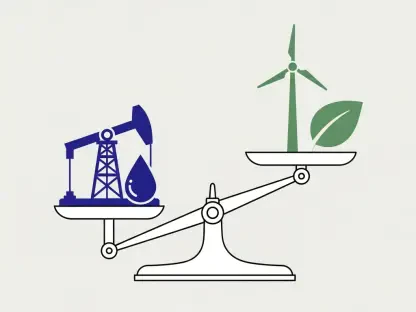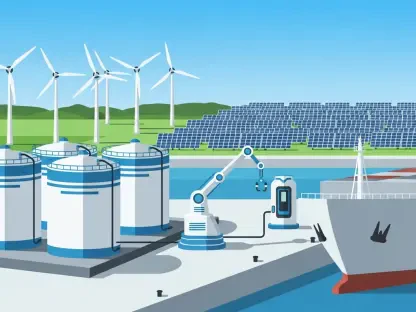The energy landscape is witnessing dramatic shifts as market volatility and economic pressures reshape its contours. Centrica, the parent company of British Gas, is at the heart of this transformation, facing a significant drop in its profits. This analysis aims to uncover the reasons behind Centrica’s recent financial downturn and to foresee the company’s trajectory in the rapidly evolving energy market.
Analyzing the Profit Decline in an Unpredictable Market
Centrica’s recent financial report reveals a dramatic decline in half-year profits, dropping from over £1 billion to £500 million ($680 million). This decline underlines the formidable challenges that Centrica faces in an economic environment characterized by instability. A myriad of external factors, ranging from low commodity prices to restrictive regulations, have compounded to create a difficult operating landscape for energy firms.
Market Forces and Financial Impact
The Role of Market Volatility and Regulatory Constraints
The energy sector has seen substantial market volatility, exacerbated by geopolitical tensions, U.S. tariffs, and stringent EU regulations. Centrica’s trading operations have been acutely affected by these dynamics, limiting its ability to capitalize fully on trading opportunities. In this context, understanding how such externalities affect market players becomes crucial for developing strategies that allow for better risk management.
Commodity Prices and Climatic Influences
The energy sector operates within an ecosystem of dependency on factors such as commodity prices and weather conditions. For Centrica, this dependence resulted in a further strain on profit margins, as declining energy prices and milder weather conditions reduced demand. Past patterns indicate that such fluctuations are inherent to energy markets, necessitating strategic adjustments by companies to maintain profitability.
Innovation and Adaptation in Energy Storage
Rough, Centrica’s key gas storage facility, has incurred significant operational losses due to abrupt shifts in price spreads, prompting the company to consider transformative measures like hydrogen storage. This transition not only signifies a potential pivot away from traditional storage methods but also represents an opportunity to innovate within industry constraints.
Strategic Insights for Future Growth
Centrica’s encounters with external challenges demand that the company proactively adapts its strategies to align with emerging trends. Recent investments, such as a 15% stake in the Sizewell C nuclear project, highlight a strategic pursuit of diversification. As governmental focus shifts towards sustainable energy solutions, regulatory support for hydrogen storage could further enhance Centrica’s position within the market.
Implications and Strategic Advice
Centrica’s experiences underscore the importance of agility and foresight for energy companies confronting an unpredictably shifting landscape. Informed decision-making, based on a comprehensive understanding of market dynamics, proves vital. Organizations must diversify and innovate continuously, ensuring their resilience in the face of evolving challenges.
The narrative around Centrica’s current situation offers a stark reminder of the persistent nature of adaptation within the energy industry. These findings serve as a testament to the urgent need for companies to stay vigilant and pursue innovative solutions. By embracing strategic diversification and formulating responsive tactics, Centrica—and others like it—could effectively navigate the complexities of an ever-changing market.









